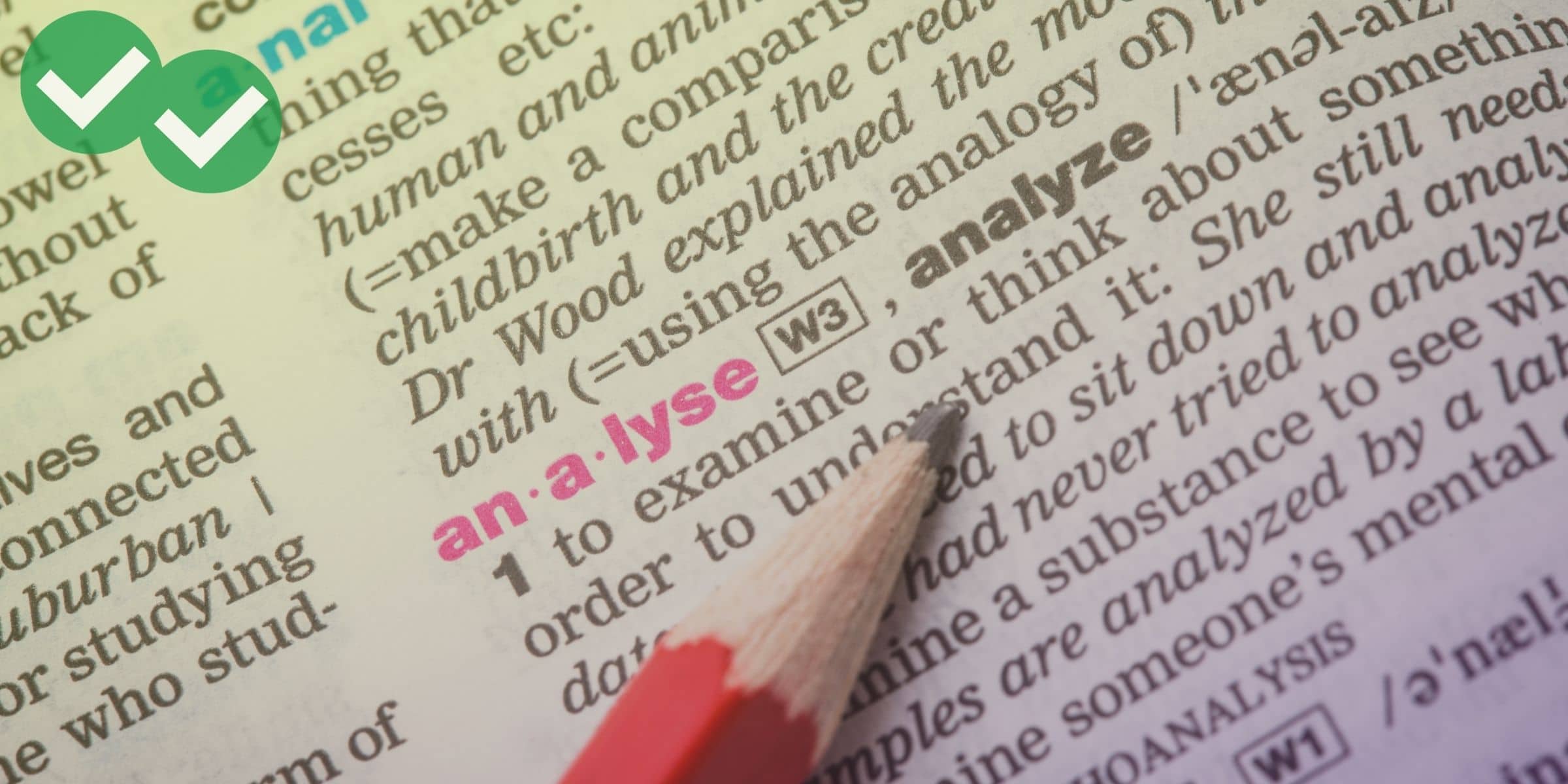Talking about talking is tricky. We have four basic words (say, tell, speak, and talk), and the rules about when each is appropriate can be hard to remember. But you have to get the rules down in order to speak properly, so in this post I’ll summarize the rules and provide some practice to help you internalize them.
First, let’s talk about each word’s usage.

Speak/spoke/spoken and Talk/talked/talked
Because these two are so often interchangeable, I’ll address them together. The main difference between them is that “speak” takes a higher register (i.e. it’s more formal) than “talk.” We can talk about something or speak about something, speak to or with someone or talk to or with them. The only difference is that you probably wouldn’t say “talk” to the Queen, and your little brother or sister would think you were weird if you used “speak” to them. There is, however, one major exception: we always “speak” languages; we can’t “talk” them.
Examples:
Do you speak English?
I spoke with him about the report yesterday.
Why aren’t you talking to me?
Tell/told/told
With “tell,” the emphasis is on the person you’re talking to. So in general, “tell” has to be used with an indirect object. There are exceptions; that is, sometimes you can use tell simply with a direct object, or with nothing at all. But even in these cases, although there is no listener specifically stated, the emphasis is still on the transmission of information, not on the act of making noises with your mouth. For example, we can tell a joke or a story. Even though we don’t say who’s listening, it’s implied that someone is listening. Also, children may threaten, “I’m telling!” meaning that they’re going to tattle on one another. Once again, the listener isn’t specifically stated, but the threat has no meaning unless someone is listening.
Examples:
I told you so.
Tell me why you were late yesterday.
That joke that Ted told really lightened the mood.
Say/said/said
When we use the word “say,” we are emphasizing the thing that we’re saying rather than the person we’re saying it to. It’s usually (but not always) used without an indirect object or recipient; whenever you do want to include a recipient, use the preposition “to” rather than an indirect object. In other words, “I said him…” is always incorrect. We also usually use “say” for direct and indirect quotes.
Examples:
What did you say to him? (although we do have a listener stated in this sentence, notice that the important information is “what,” not “who.)
We’ll begin when I say “go.”
He said he’d be here soon.
Photo Credit: Nana B. Agyei






Leave a Reply